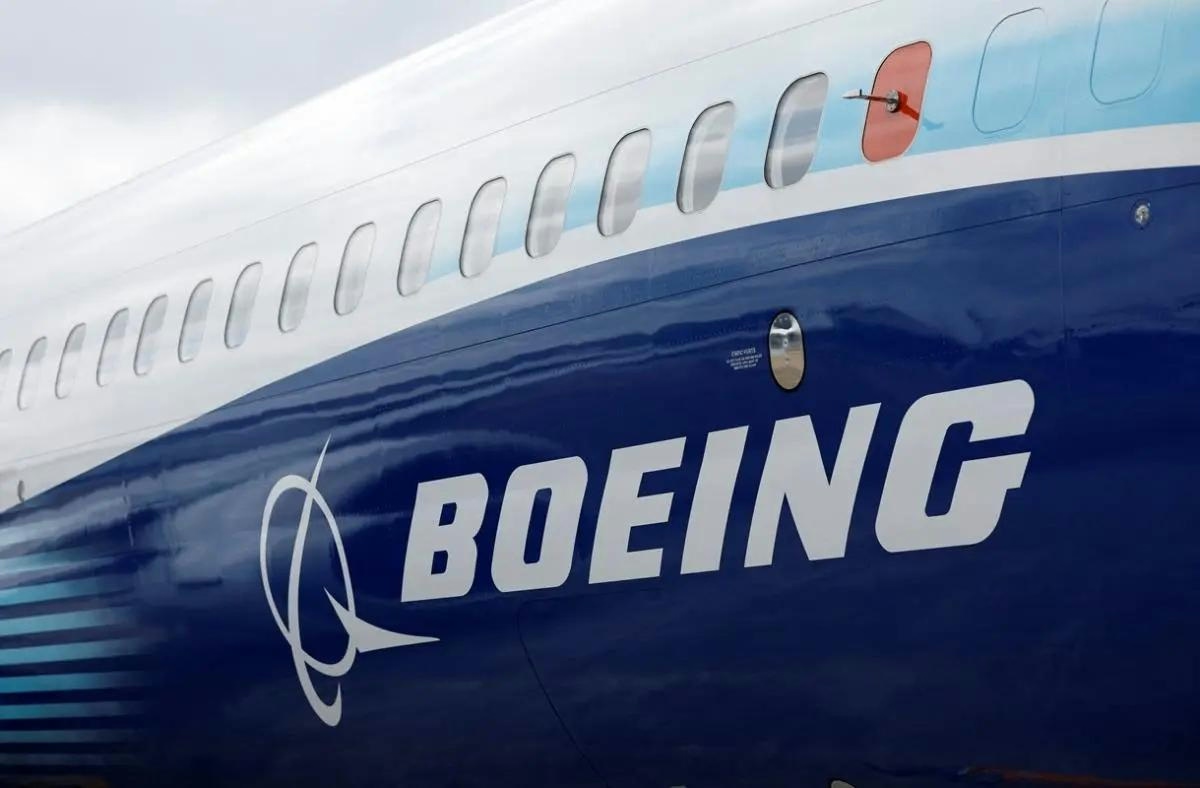
Smarter email, faster business. Auto-tag, parse, and respond to RFQs, quotes, orders, and more — instantly.
Trending
Investigation Targets Boeing 787 Systems, Potentially Impacting Global Operations
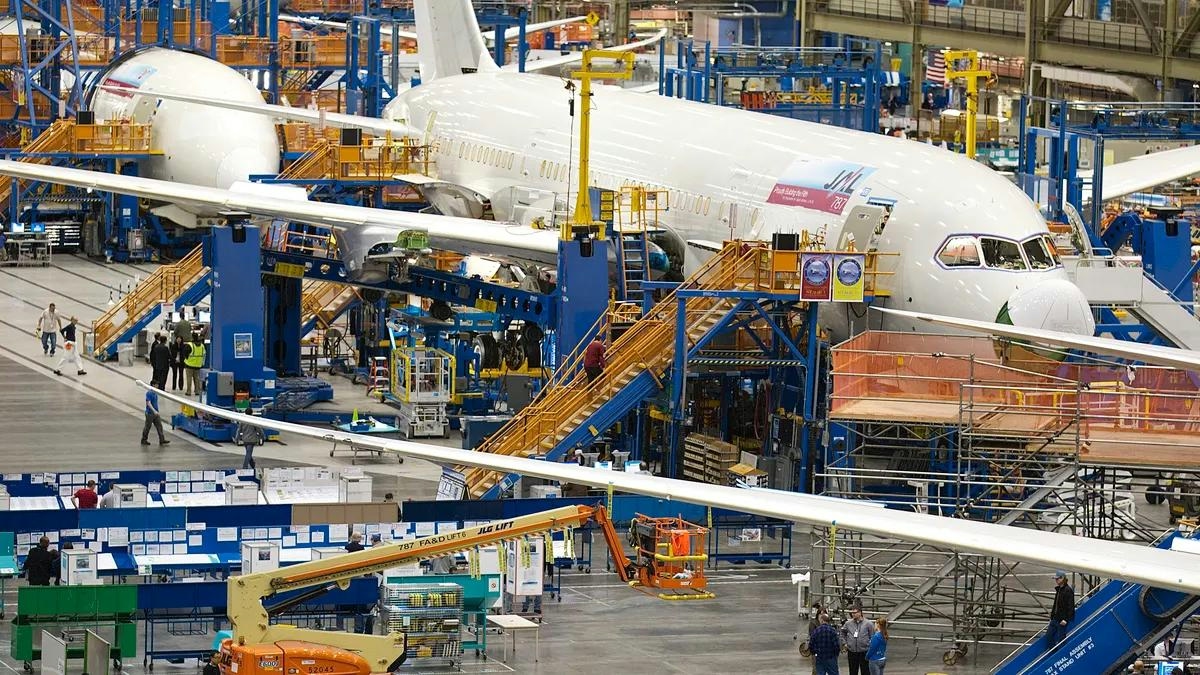
Investigation into Boeing 787 Systems Following Ahmedabad Plane Crash
The recent Air India crash near Ahmedabad, which tragically claimed the lives of all but one passenger, has prompted a comprehensive investigation by the Aircraft Accident Investigation Bureau (AAIB). The bureau has submitted its preliminary report to the Ministry of Civil Aviation, with an official release anticipated by Friday. Central to the inquiry is an in-depth examination of the advanced systems of the Boeing 787 aircraft, as reported by the Times of India. Investigators are exploring the possibility that a complex, multi-system failure may have contributed to the accident, shifting focus from a single mechanical fault to a broader systems-level analysis.
Focus on Boeing 787’s High-Tech Systems
The investigation is being conducted as a system-level case study, aiming to scrutinize the Boeing 787’s sophisticated electronic and software systems. This approach seeks to determine whether a hidden flaw or software bug across multiple systems could have precipitated the crash. A senior commander, speaking anonymously to the Times of India, emphasized that the probe extends beyond the responsibilities of Air India and the Directorate General of Civil Aviation, highlighting the unique nature of this inquiry into the “more electric” Boeing 787. The commander noted that the preliminary findings, if significant, could have far-reaching implications for the global operation of the aircraft model.
Examination of Fuel Control Switches
According to Reuters, investigators have concentrated on the movement of the aircraft’s fuel control switches, which regulate engine power. This focus emerged following detailed analysis of the flight and voice data recorders, supplemented by Boeing’s simulation of the aircraft’s final moments. Aviation safety expert John Cox explained that the fuel switches are designed to prevent accidental movement, stating that a pilot cannot inadvertently toggle them. He further noted that if a switch is turned off, it would immediately cut engine power, underscoring the critical nature of these controls in the investigation.
Status of the AI171 Crash Probe
The preliminary report submitted to the Ministry of Civil Aviation includes initial data from the black boxes but stops short of definitive conclusions. As reported by CNBC, the investigation remains ongoing and may require several months before a final determination is reached.
Possible Software Malfunction as Cause
Earlier commentary from Mary Schiavo, an aviation attorney with Motley Rice, suggested that the crash might have resulted from a known software-triggered engine malfunction. She indicated that the aircraft could have experienced a dual-engine thrust rollback caused by a software failure, a scenario previously documented in other Boeing 787 incidents. Schiavo highlighted the role of the Thrust Control Malfunction Accommodation (TCMA) system, which operates through the Full Authority Digital Engine Control (FADEC) to manage engine performance. The TCMA is designed to automatically reduce engine thrust if it detects that the aircraft is on the ground, without pilot intervention. However, she warned that this safety feature could lead to catastrophic power loss if triggered mid-flight, a possibility under consideration in the AI-171 crash investigation.
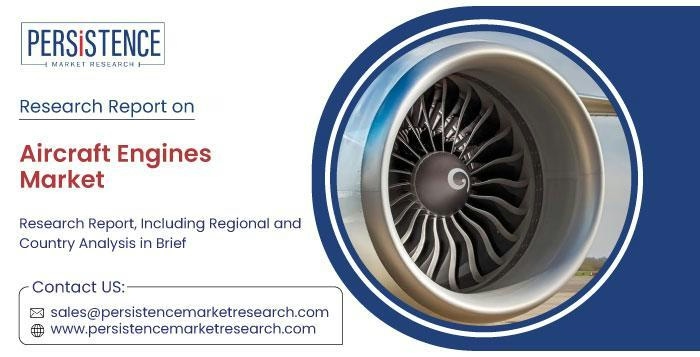
Aircraft Engine Market Projected to Reach $157.5 Billion by 2032
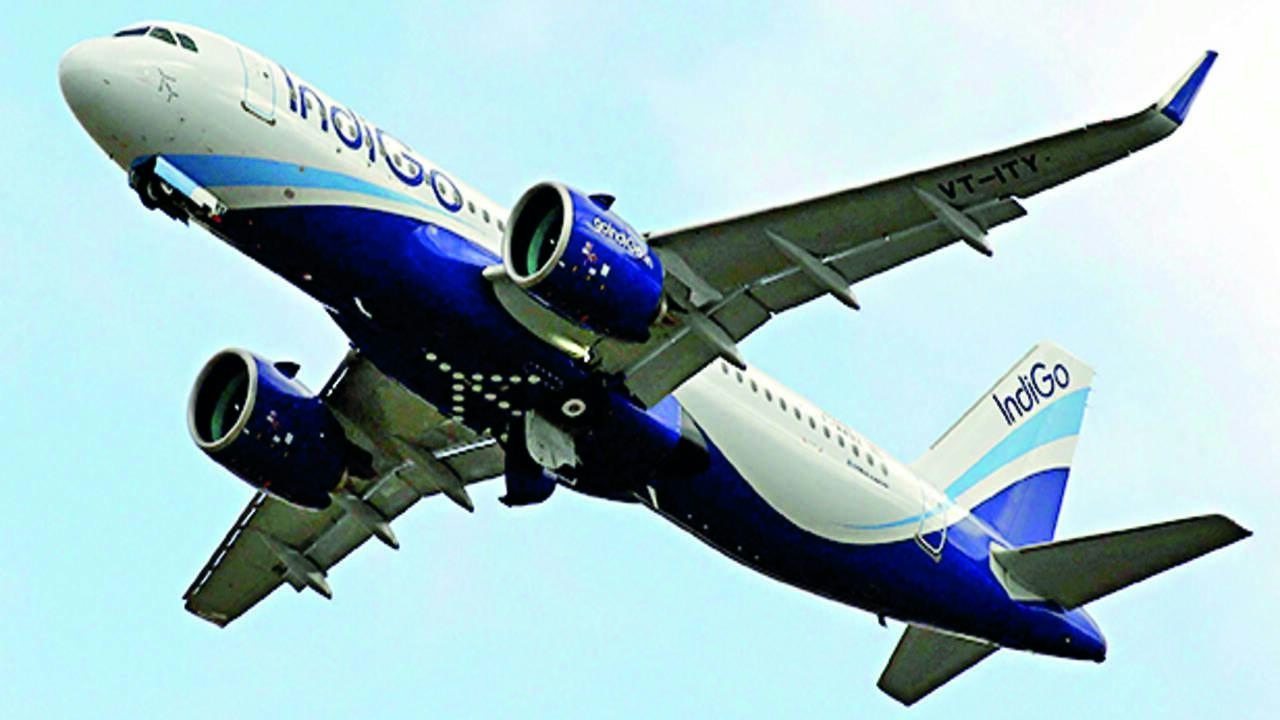
IndiGo Confirms Order for 40 Airbus Aircraft Amid Global Expansion

FDH Hardware and MS Aerospace extend fastener supply for F-35 programme

Moonware to Trial HALO Platform at Tokyo Haneda Airport

Boeing Reports Strong Second-Quarter Results
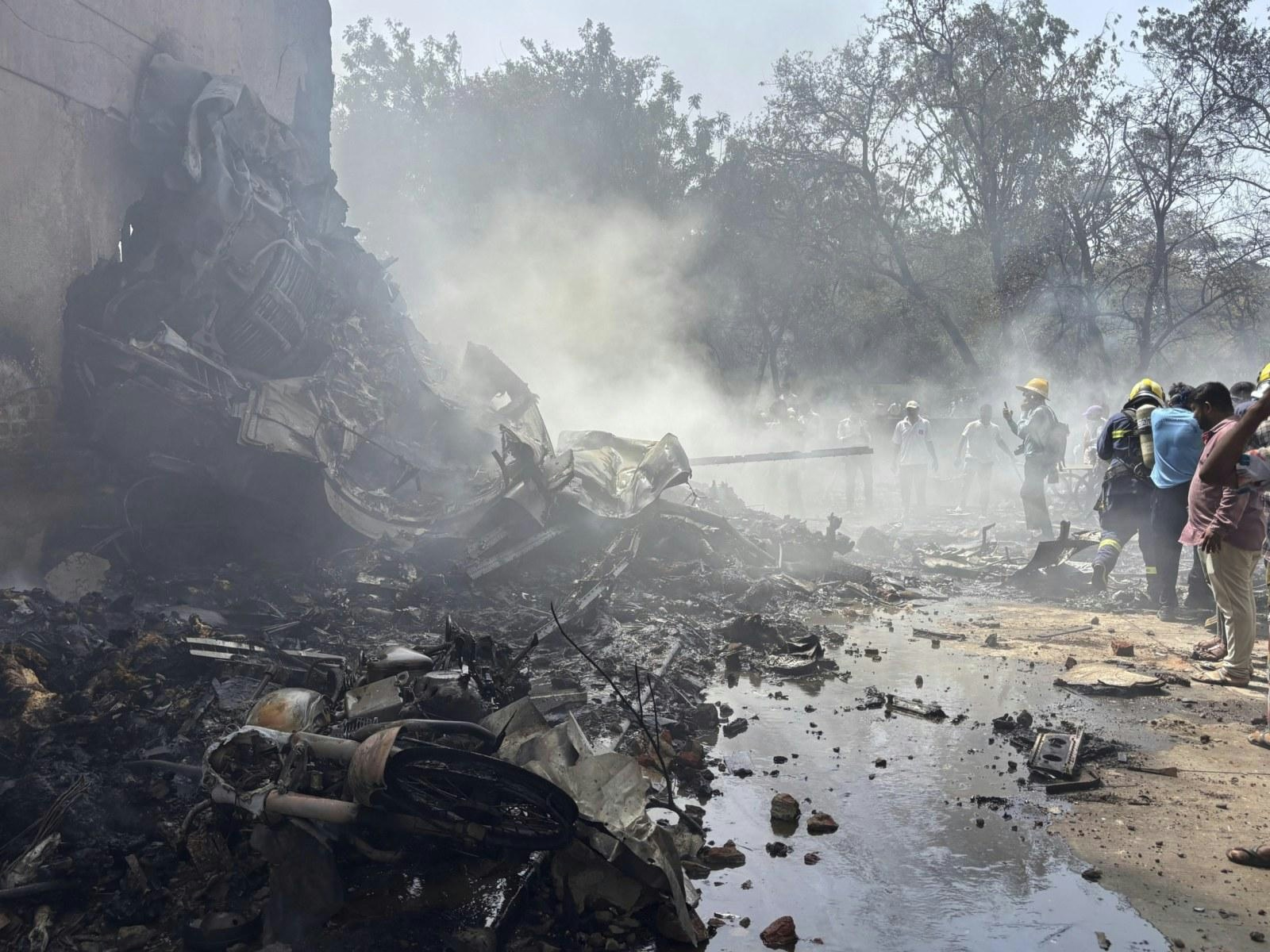
Investigators Examine Engine Fuel Control Switch in Air India Flight 171 Crash

Airlines Adopt Event-Driven AI Systems to Improve Operations
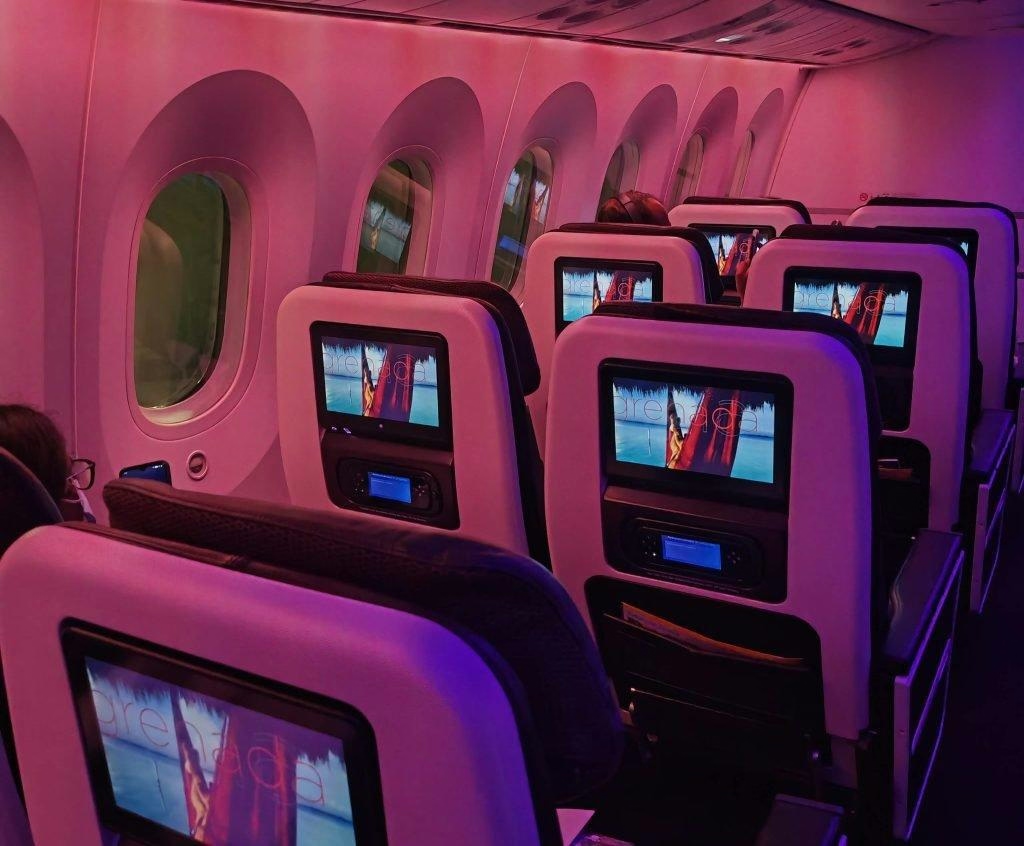
How Virgin Atlantic Is Enhancing the Premium Travel Experience
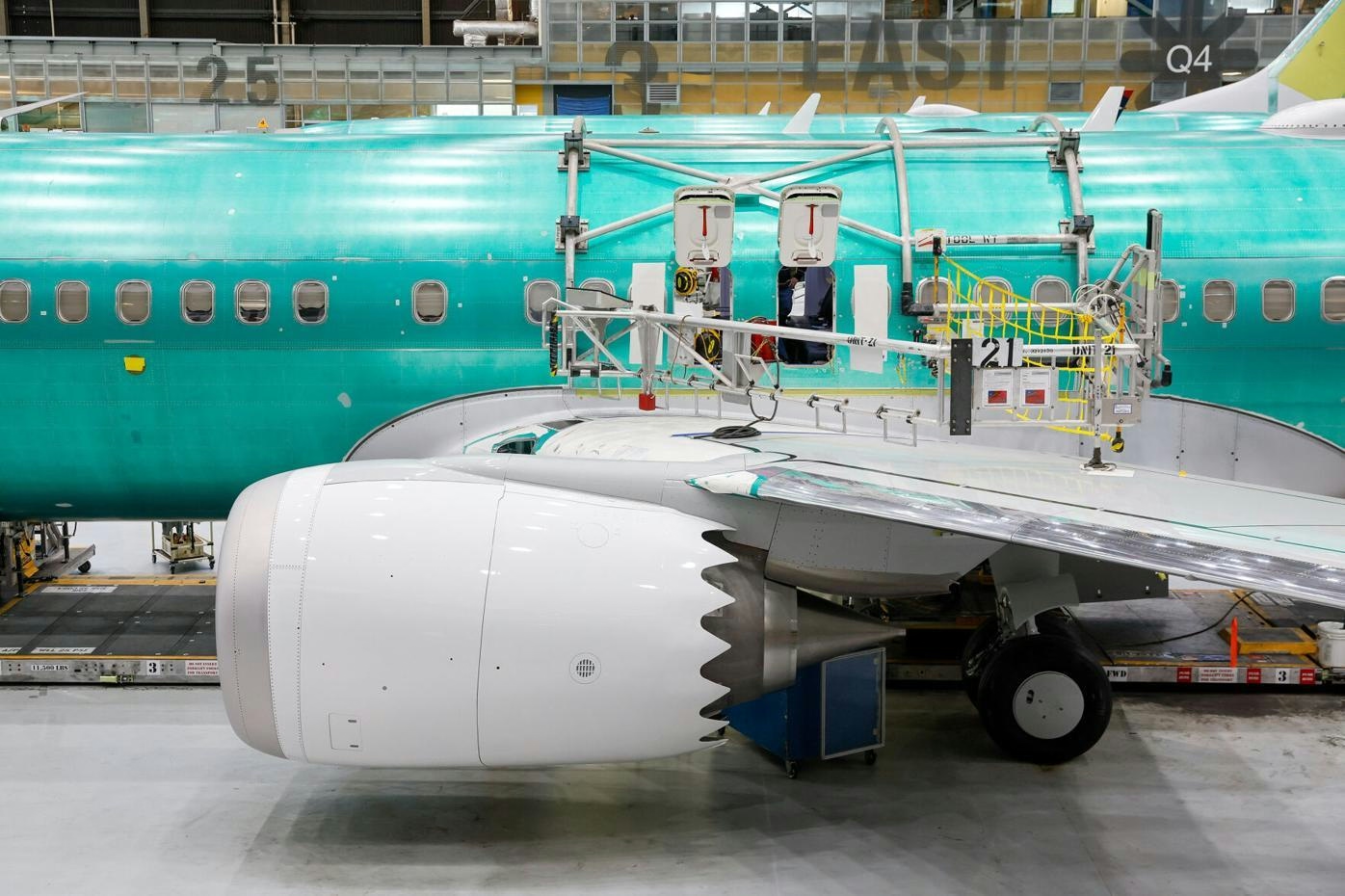
Boeing Reports Record Aircraft Deliveries in Second Quarter
